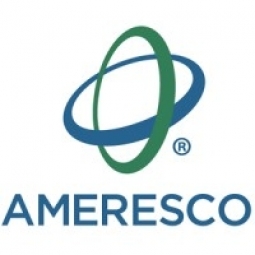技术
- 功能应用 - 企业资产管理系统 (EAM)
- 传感器 - 电表
适用行业
- 城市与自治市
- 可再生能源
适用功能
- 产品研发
用例
- 资产健康管理 (AHM)
- 智慧城市运营
服务
- 系统集成
关于客户
伊利诺伊州奥尔顿市成立于 1837 年,是一个历史悠久、特色鲜明的社区。该市位于密苏里州圣路易斯以北 25 英里的密西西比河畔,拥有美丽的公园、美妙的学区、旅游景点和社区活动,让每个人都感兴趣。奥尔顿的魅力和多样化的资源使其成为生活、工作和娱乐的好地方。该市 28,000 名居民受益于低于全国平均水平的生活成本以及奥尔顿警察和消防部门的保护。该市致力于可持续解决方案,并与奥尔顿凉爽城市委员会合作,减少碳足迹,为应对全球变暖做出贡献。
挑战
伊利诺伊州奥尔顿市面临着减少碳足迹和创收的挑战,同时利用当地关闭的市政垃圾填埋场。该市还正在努力应对全球变暖的影响,包括洪水泛滥,并正在寻找方法为地方层面的解决方案做出贡献。该市的目标是创造当地就业机会、增加财产税收入并减少温室气体排放。此外,该市正在努力实现《伊利诺伊州气候与公平就业法案》(CEJA) 中规定的清洁能源转型目标,该法案规定伊利诺伊州的目标是到 2030 年达到 40% 可再生能源,到 2040 年达到 50%。
解决方案
Ameresco, Inc. 是一家专注于能源效率和可再生能源的领先清洁技术集成商,与奥尔顿市合作,在当地关闭的市政垃圾填埋场开发和安装 5 兆瓦交流 (MWAC)/7 兆瓦直流 (MWDC) 太阳能电池阵列。该太阳能装置的设计目标是在其生命周期内为奥尔顿市及周边当地企业带来约 100 万美元的收入。该基地产生的可再生能源将有助于抵消传统公用事业发电的温室气体排放。除了太阳能电池阵列之外,Ameresco 和奥尔顿市还计划在阵列附近安装一个自助式教学显示屏,向游客介绍该项目和清洁能源的好处。施工预计将于 2023 年春季开始,并于年底完工。
运营影响
数量效益

Case Study missing?
Start adding your own!
Register with your work email and create a new case study profile for your business.
相关案例.

Case Study
Turning A Stadium Into A Smart Building
Honeywell created what it called the “intelligent system” for the National Stadium in Beijing, China, turning the venue for the opening and closing events at the 2008 Summer Olympics into a “smart building.” Designed by highly controversial artist Ai Weiwei, the “Bird’s Nest” remains one of the most impressive feats of stadium architecture in the world. The 250,000 square meter structure housed more than 100,000 athletes and spectators at a time. To accommodate such capacity, China turned to Honeywell’s EBI Integrated Building Management System to create an integrated “intelligent system” for improved building security, safety and energy efficiency.
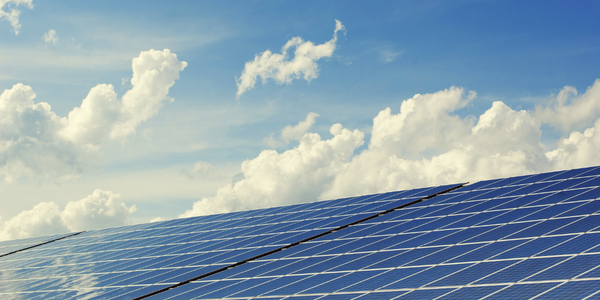
Case Study
Remote Monitoring & Predictive Maintenance App for a Solar Energy System
The maintenance & tracking of various modules was an overhead for the customer due to the huge labor costs involved. Being an advanced solar solutions provider, they wanted to ensure early detection of issues and provide the best-in-class customer experience. Hence they wanted to automate the whole process.
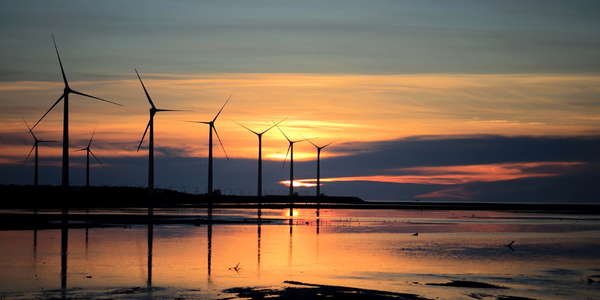
Case Study
Vestas: Turning Climate into Capital with Big Data
Making wind a reliable source of energy depends greatly on the placement of the wind turbines used to produce electricity. Turbulence is a significant factor as it strains turbine components, making them more likely to fail. Vestas wanted to pinpoint the optimal location for wind turbines to maximize power generation and reduce energy costs.
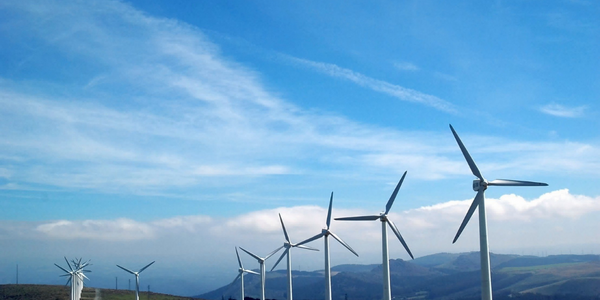
Case Study
Siemens Wind Power
Wind provides clean, renewable energy. The core concept is simple: wind turbines spin blades to generate power. However, today's systems are anything but simple. Modern wind turbines have blades that sweep a 120 meter circle, cost more than 1 million dollars and generate multiple megawatts of power. Each turbine may include up to 1,000 sensors and actuators – integrating strain gages, bearing monitors and power conditioning technology. The turbine can control blade speed and power generation by altering the blade pitch and power extraction. Controlling the turbine is a sophisticated job requiring many cooperating processors closing high-speed loops and implementing intelligent monitoring and optimization algorithms. But the real challenge is integrating these turbines so that they work together. A wind farm may include hundreds of turbines. They are often installed in difficult-to-access locations at sea. The farm must implement a fundamentally and truly distributed control system. Like all power systems, the goal of the farm is to match generation to load. A farm with hundreds of turbines must optimize that load by balancing the loading and generation across a wide geography. Wind, of course, is dynamic. Almost every picture of a wind farm shows a calm sea and a setting sun. But things get challenging when a storm goes through the wind farm. In a storm, the control system must decide how to take energy out of gusts to generate constant power. It must intelligently balance load across many turbines. And a critical consideration is the loading and potential damage to a half-billion-dollar installed asset. This is no environment for a slow or undependable control system. Reliability and performance are crucial.
.png)
Case Study
Smart Street Light Network (Copenhagen)
Key stakeholders are taking a comprehensive approach to rethinking smart city innovation. City leaders have collaborated through partnerships involving government, research institutions and solution providers. The Copenhagen Solutions Lab is one of the leading organizations at the forefront of this movement. By bringing together manufacturers with municipal buyers, the Copenhagen Solutions Lab has catalyzed the development and deployment of next-generation smart city innovations. Copenhagen is leveraging this unique approach to accelerate the implementation of smart city solutions. One of the primary focus areas is LED street lighting.
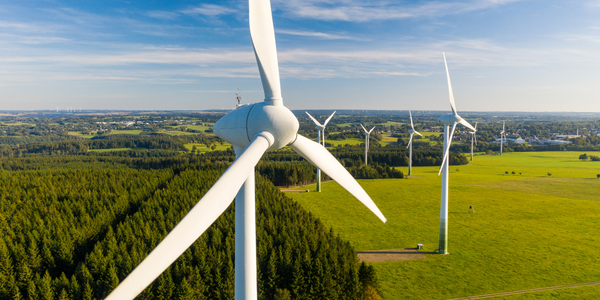
Case Study
Remote Monitoring and Control for a Windmill Generator
As concerns over global warming continue to grow, green technologies are becoming increasingly popular. Wind turbine companies provide an excellent alternative to burning fossil fuels by harnessing kinetic energy from the wind and converting it into electricity. A typical wind farm may include over 80 wind turbines so efficient and reliable networks to manage and control these installations are imperative. Each wind turbine includes a generator and a variety of serial components such as a water cooler, high voltage transformer, ultrasonic wind sensors, yaw gear, blade bearing, pitch cylinder, and hub controller. All of these components are controlled by a PLC and communicate with the ground host. Due to the total integration of these devices into an Ethernet network, one of our customers in the wind turbine industry needed a serial-to-Ethernet solution that can operate reliably for years without interruption.




